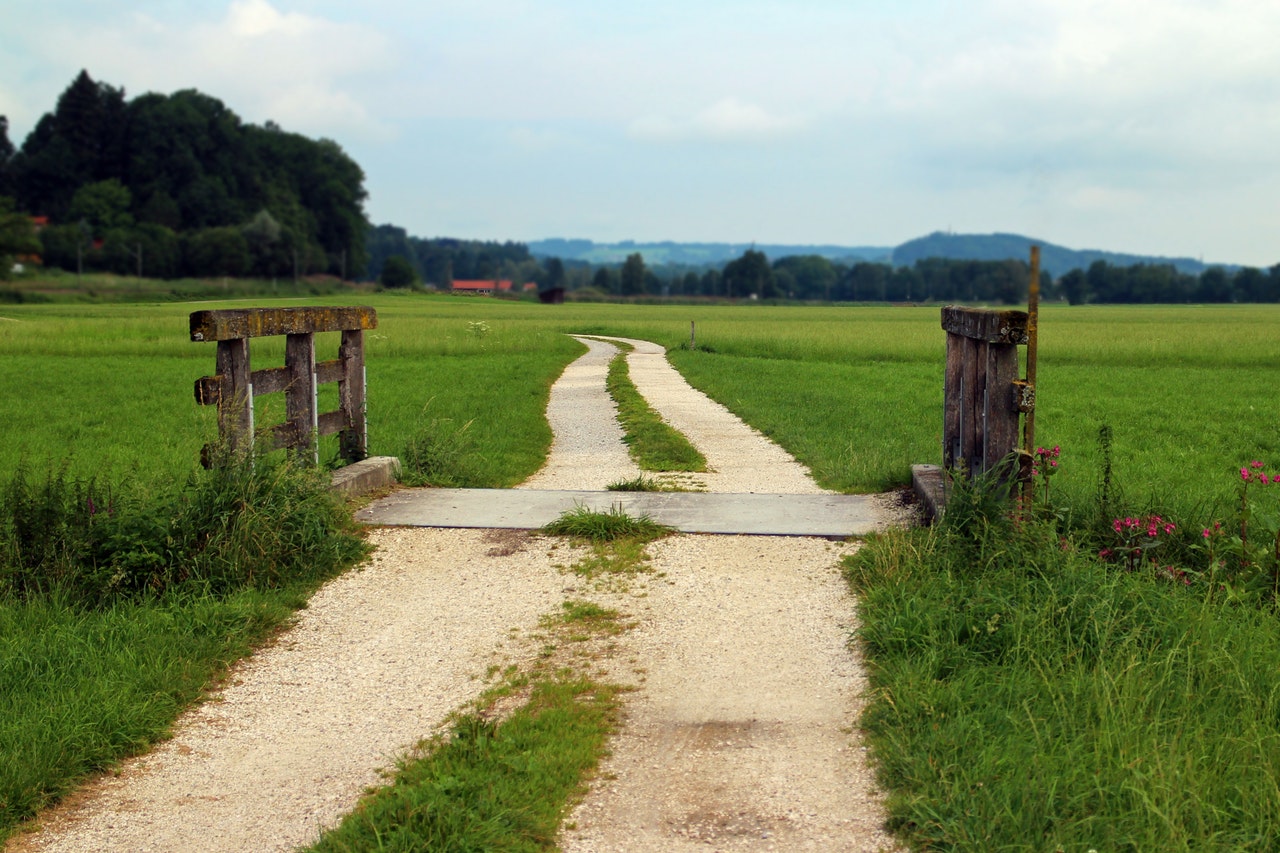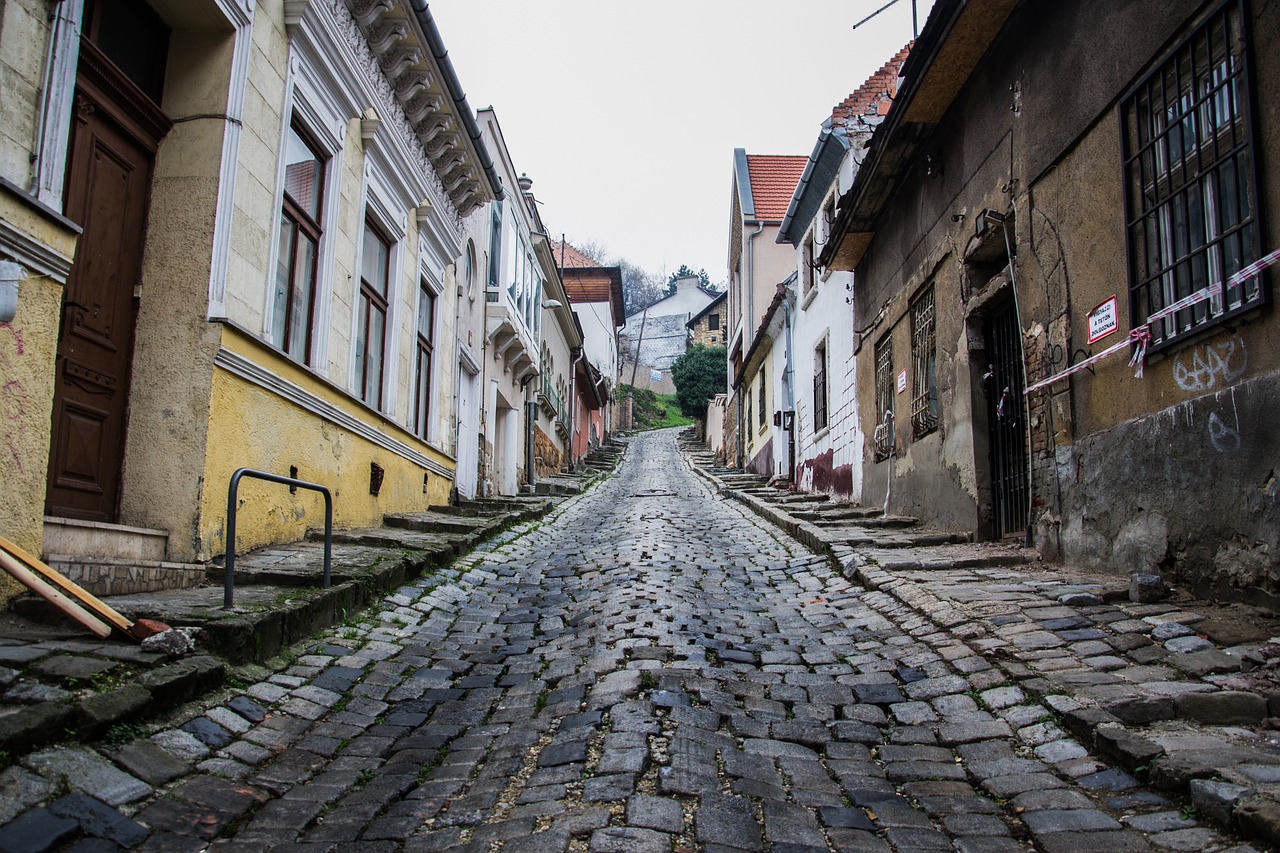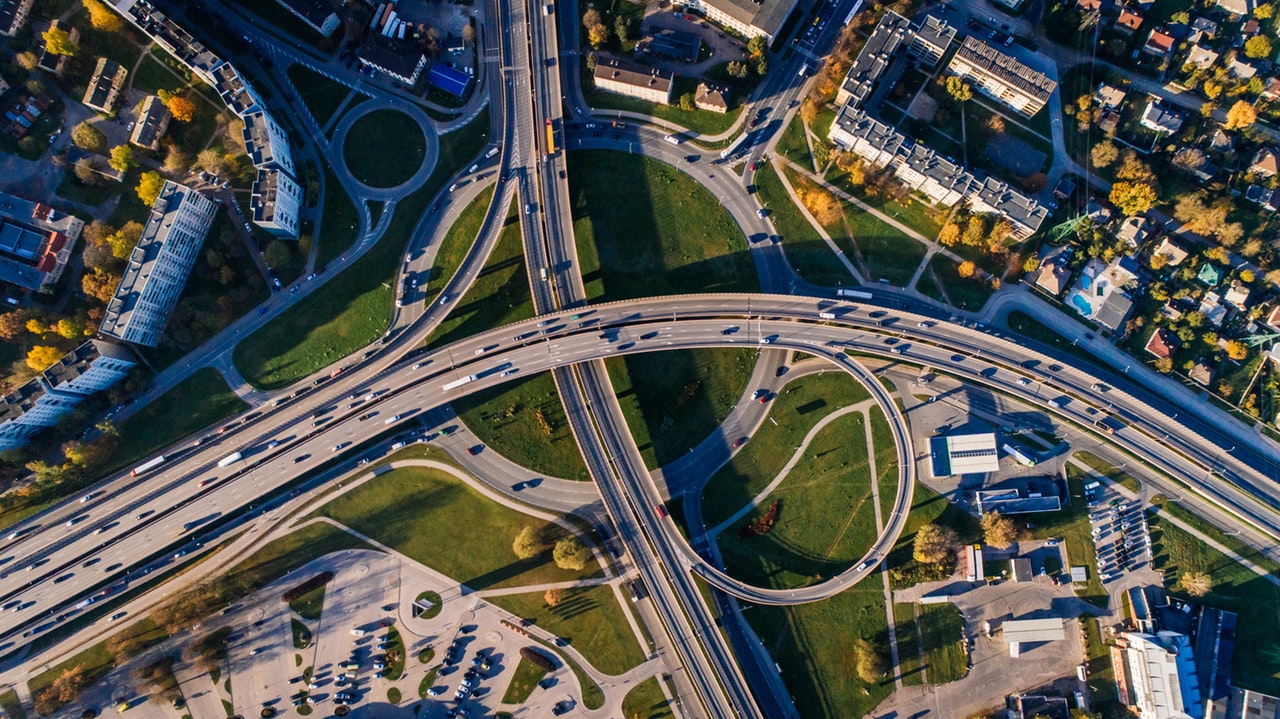The Roads Well-Traveled: The History of America's Transportation Infrastructure
By on Apr 23 2018

The timeline of road history is a long and winding one.
Sometimes, the most important technologies are the ones you don't think about. Or, you only think about them when you're cursing them for not working properly. Parachute into World War II with your slow, outdated smartphone and you'll get a totally different reaction than you would in 2018. Give Hannibal Barca a Ford Pinto and, while he might not be able to march any easier over the Pyrenees and the Alps mountain ranges, I'm sure he'd love having one as part of his army. Drive into Italy like Ciao, Romans. Let's have this Second Punic War.
Of course, to at least somewhat successfully drive in 218 BC, you'd need some navigable roads, first.
Early Roads
The first roads were more like paths and trails. Early civilization transportation mainly involved animals and humans carrying supplies over tracks. Improvements eventually included clearing these paths of stones and trees usually at fords, mountain passes, and through swamps.
Fast forward to the Neolithic age and we see developments in technology. Rather than transporting goods on heads and backs, humans effectively used the first pack animals (such as donkeys and horses) and later developed sleds. These advancements necessitated wider tracks and higher clearances. By about 5000 BC, new roads were popping up to avoid traditional river and bog crosses. This includes the Ridgeway, which is considered Britain's oldest road. These were also the beginning of long-distance roads.
Paved streets have existed since the first human settlements, around 4000 BC in and around the Indus Valley and the Indian subcontinent. Sumerians paved roads using their bricks and bitumen. Ancient timber roads have also been found in England. The advent of the Roman empire necessitated great roads for quick travel. These —Roman roads ", first constructed around 300 BC, were often stone-paved with crushed stone underneath for drainage. At its peak, the empire had more than 250,000 miles of roads; about 50,000 miles were stone paved.

The earliest modern roads didn't appear until the late 18th century. You know, the time of the industrial revolution.
As people developed new ways for industrial production, so too did they improve industrial civil engineering— roads included.
Industrial Roadwork
Before the industrial revolution, roads had existed throughout the world, the United States included. However, prior to the late 18th and early 19th century, they were few and far between. And roads that were accessible were seldom maintained and in poor condition. Mud, flooding, and rocks all plagued travelers' wagons and stagecoaches.
John Metcalf was the first professional road builder to emerge during the industrial revolution. Blind since early adolescence, Metcalf built about 180 miles of turnpike road between 1765 and 1972, mainly in North England. He believed a good road must follow certain tenants. Roads needed a good foundation, good drainage, and a smooth convex surface. Pierre-Marie-Jérôme Trésaguet, a French engineer, established the first scientific approach to road building in France at the same time Metcalf was working in England.
Thomas Telford and John Loudon McAdam designed the first modern roads. They designed the system of raising the road's foundation in the center for better water drainage. Telford also further improved roads by adding additional steps to the process which would then become the norm: analyzing stone thickness, road traffic, road alignment, and gradient slopes.

Road Transportation in America
Early American roads were often little more than dirt, even in the major Northeast cities. Eventually, they were improved by either gravel or wooden planks. Travel was, as you can imagine, slow. In 1806, Congress allocated funds for a federally-funded road. The national road eventually stretched from Cumberland, Maryland to southern Illinois.
Between the late 1870s and the 1920s, The Good Roads Movement advocated for better roads. While automobiles were certainly popping up across the country, it was actually cyclists who led the movement, such as the League of American Bicyclists. These cyclists wanted smooth surfaces for easier riding. Health reformers also wanted smoother surfaces because horse manure wasn't the easiest thing to clean off of cobblestone streets. In cities, this was especially a problem.
If you build it, drivers will come
In 1916, Congress realized that building good roads was vital to the nation's economy. They allotted millions of dollars to improve them. States matched the federal dollars with money earned from gas taxes and a highway building boom ensued. The Pennsylvania Turnpike, which opened in 1940, was the nation's very first superhighway. The road had no traffic lights, intersections, steep hills, sharp curves, or, at the time, no speed limit.
By 1950, local, state, and federal money all built millions of miles of roadways across the country, making it possible to drive coast-to-coast with relative ease.
The modern era of roads really began in 1956 with President Eisenhower's federal aid highway act where he authorized the construction of 40,000 miles of limited access roads. The was the largest public works project in the U.S. and it created the interstate highway system.

During the industrial revolution, steam locomotives played a huge part in transportation. Railroads connected parts of the country well before paved roads. However, as more people traveled first by car and then by plane, railroad companies abandoned passenger transport for hauling freight. Today, goods are still transported by rail, as well as ships, planes, and fleet.
While it's easy to complain about our pothole-ridden roads or the ever-increasing tolls on the Pennsylvania Turnpike, at least we have our roads. Although who knows how long we'll even need them.
Maybe, just maybe, where we're going, we don't need roads.
Sources:
https://www.fhwa.dot.gov/infrastructure/back0506.c...
http://amhistory.si.edu/onthemove/themes/story_47_...






